As winter subsides the garden magazines and blogs proliferate with emblematic photos of spring: bulbs in bloom, flowering trees and early floriferous annuals such as pansies. Buds, particularly, capture our imagination, as they exemplify spring’s promise with their enticement to envision the unfolding flower tucked inside. But garden writers woefully neglect the backstory: what is going on out there besides the flowers? What has just as much color, interest and pizzazz? Leaf buds, cones and young, tender vegetative growth. Come with us on a tour through the spring garden as seen through the eyes of self-confessed foliage freaks.
Part I - Flower ‘substitutes’
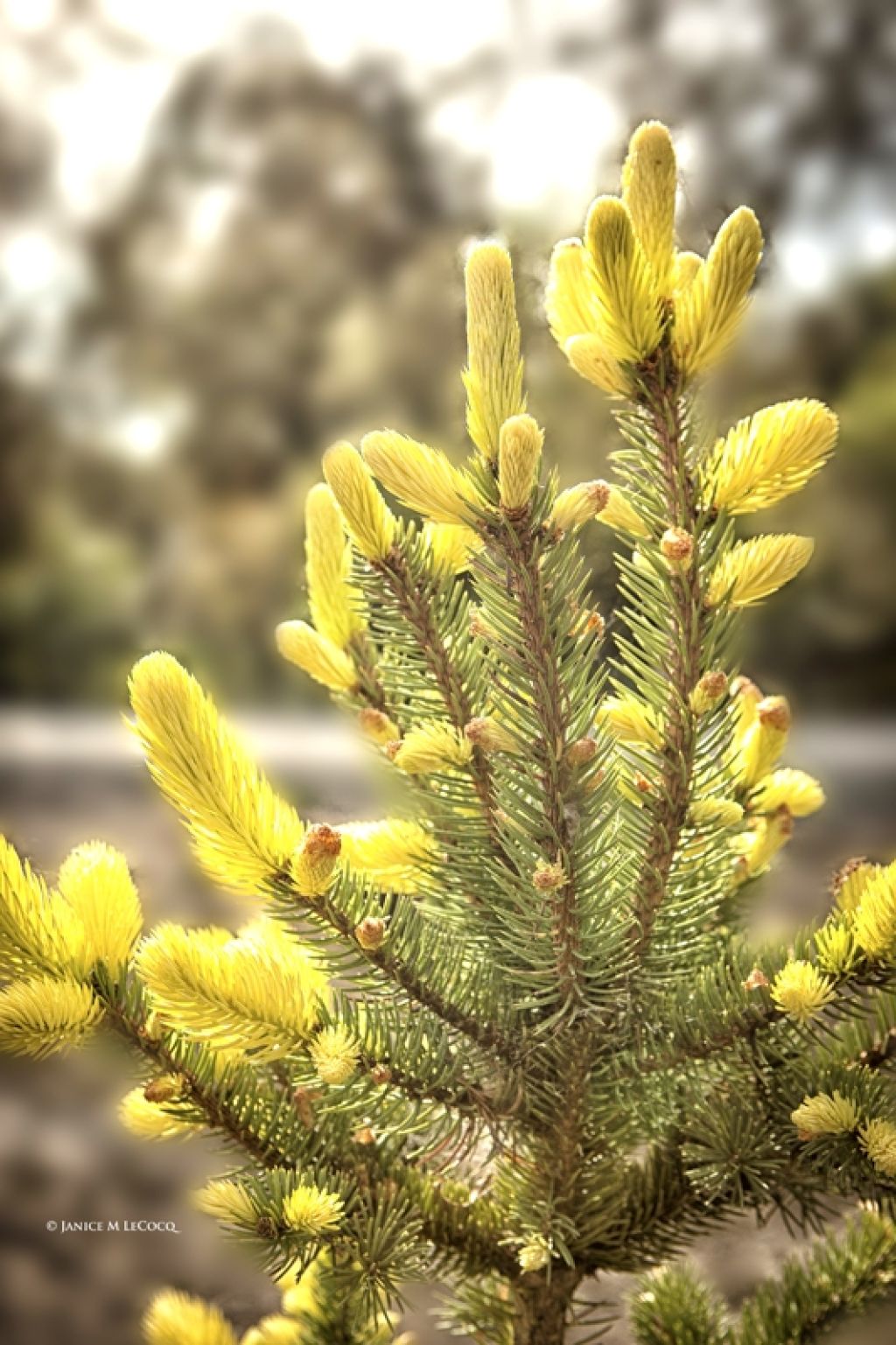
One of the brightest garden lights as new growth pushes is Picea pungens ‘Gebelle’s Golden Spring’. The new needles are daffodil yellow, a color that persists for 5-6 weeks until it gradually fades to bluish green. Unlike real daffs, however, there are no unsightly withering leaves lingering for months. Apparently, the sunny needles of this spruce look like flowers not just to us. Try as she might, however, this errant honeybee is not going to get any nectar out of them!
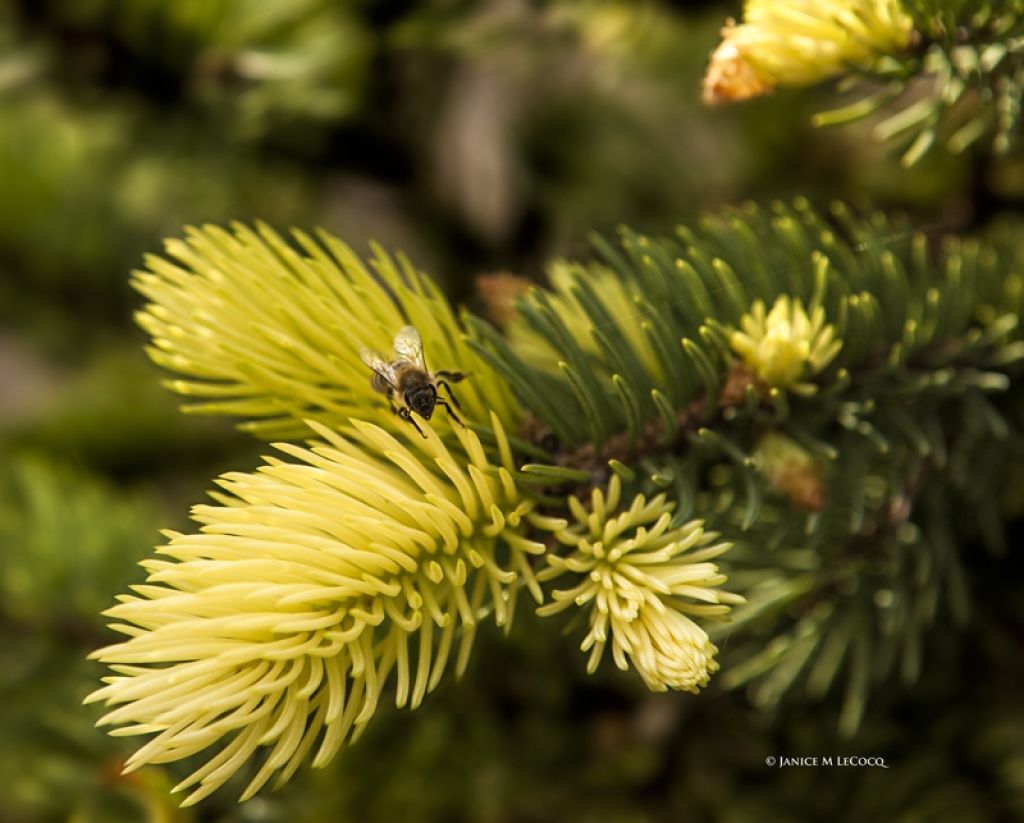
For a nearly perfect nosegay, we love the young leaves of Cotinus coggygria, or smoke bush. They say where there's smoke, there’s fire, but we know that before there’s smoke, there are luscious little leaves clustered around the immature flower buds. Cut a bunch, stick in it a vase, and you have a ready-made ‘flower’ arrangement.
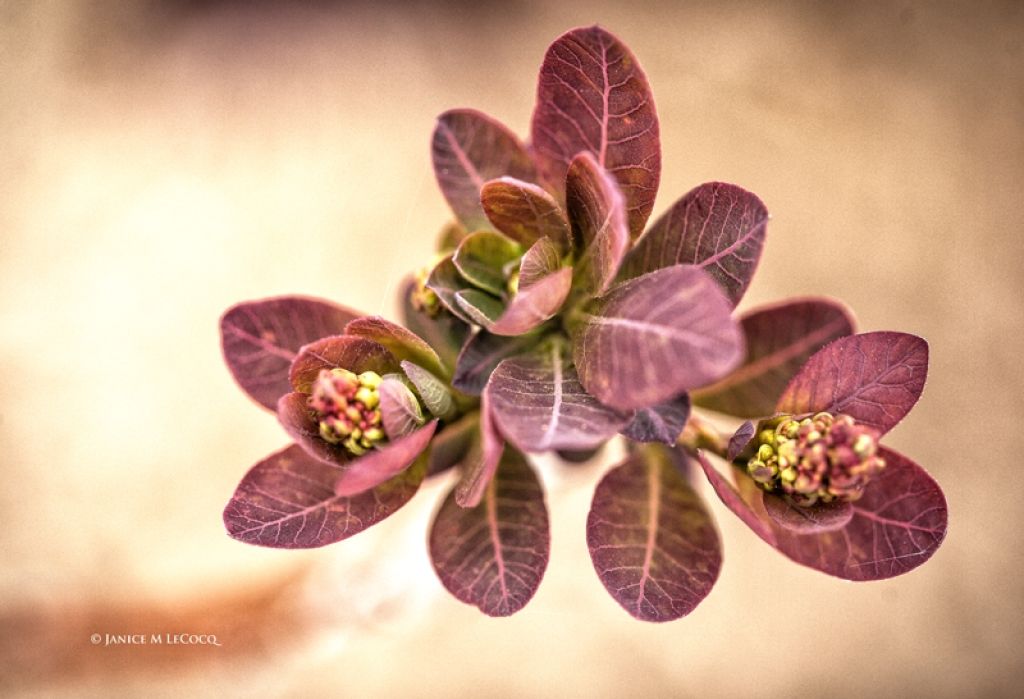
Now, to make a point, we’ll show you a branch with actual flowers on it: Acacia pravissima, an Australian plant known down under as wattle:
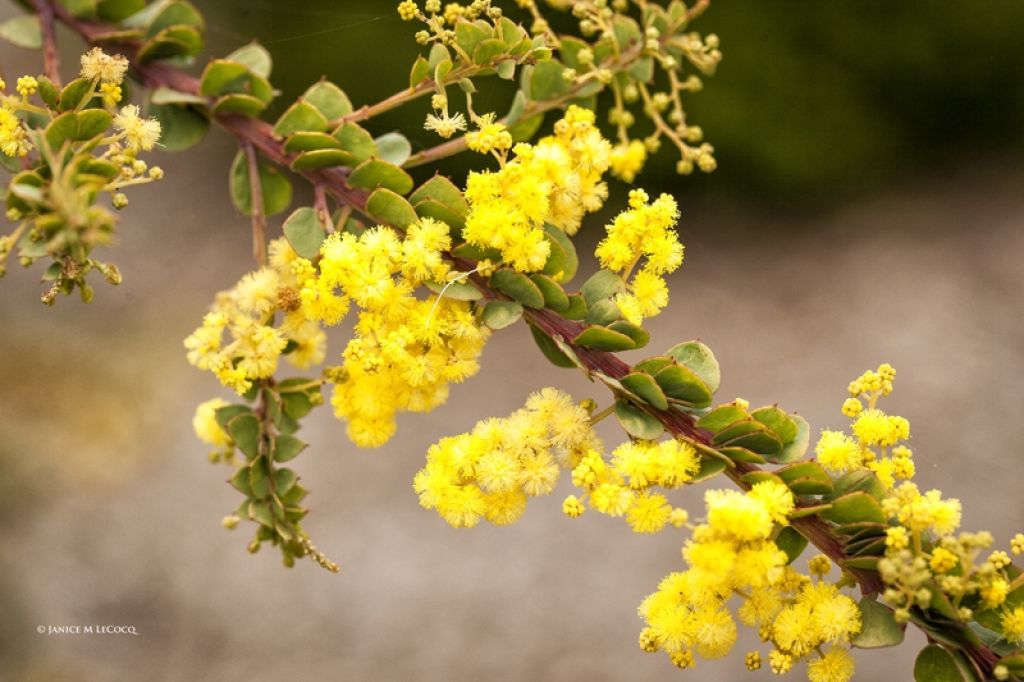
We couldn’t help but notice that right next to the Acacia in the garden is a Picea abies ‘Rubra spicata’, which is notable for having rosy red new growth, arrayed along its branches in a matter very similar to the Acacia!
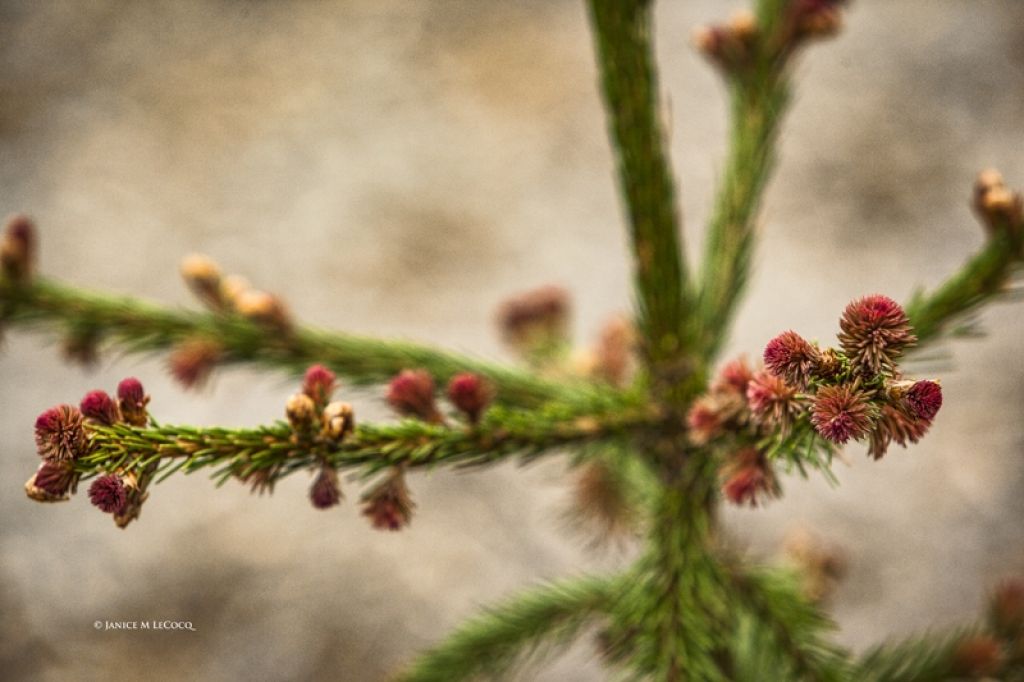
Not to be outdone, Picea orientalis ‘Early Gold’ is resplendent with cones in almost the same rosy red.
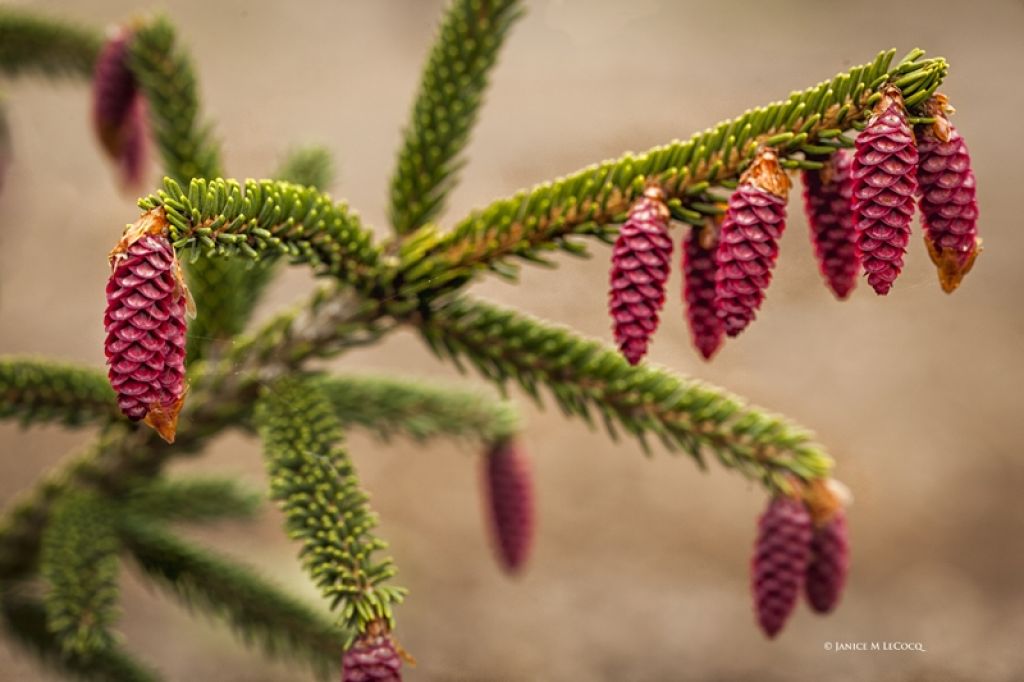
A bouquet of purple shows up on Abies x arnoldiana ‘Poulsen’
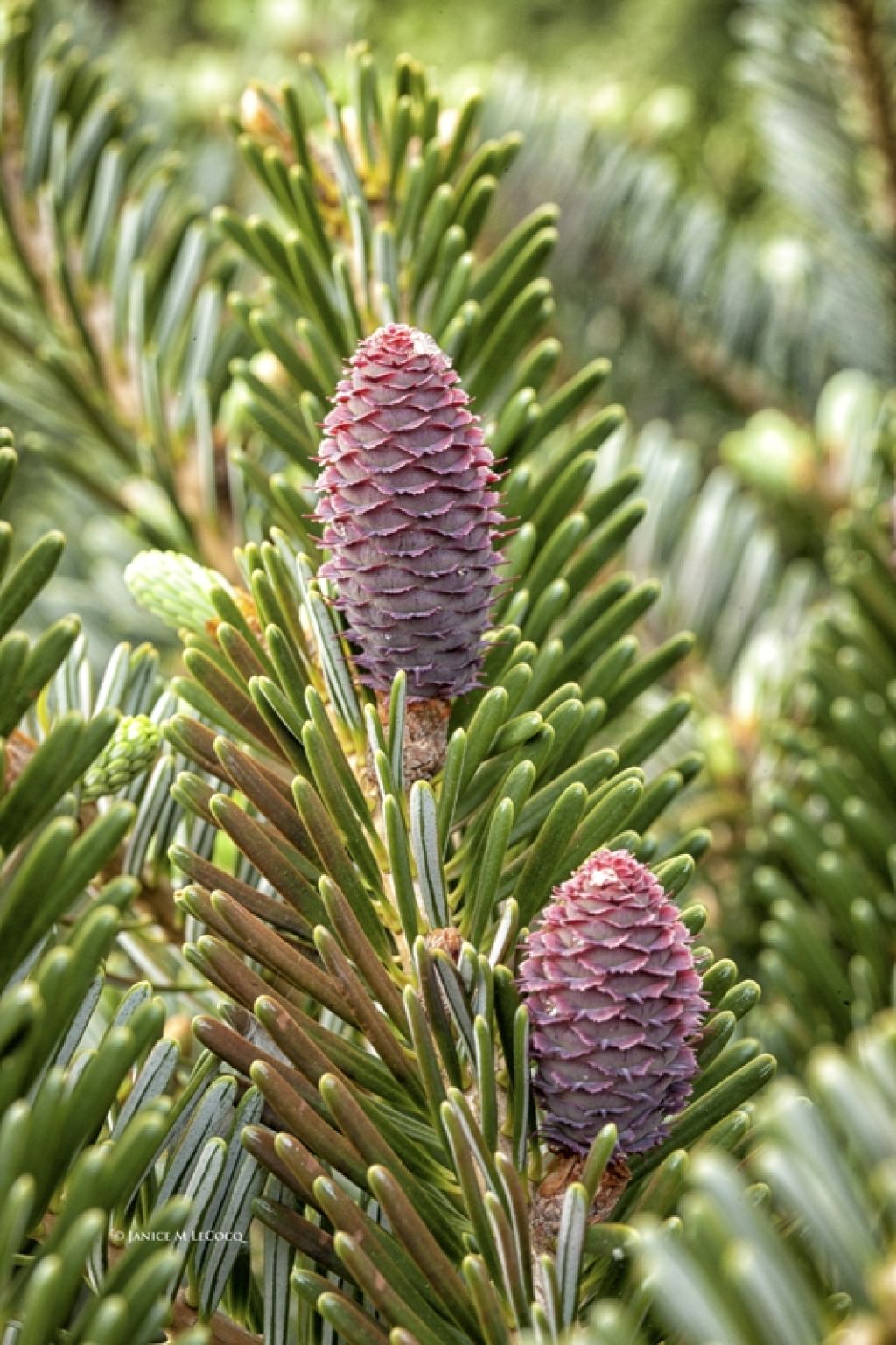
Berberis thunbergii ‘Admiration’ leafs out like a vivid paprika dahlia. Who says that spring colors are pastels?
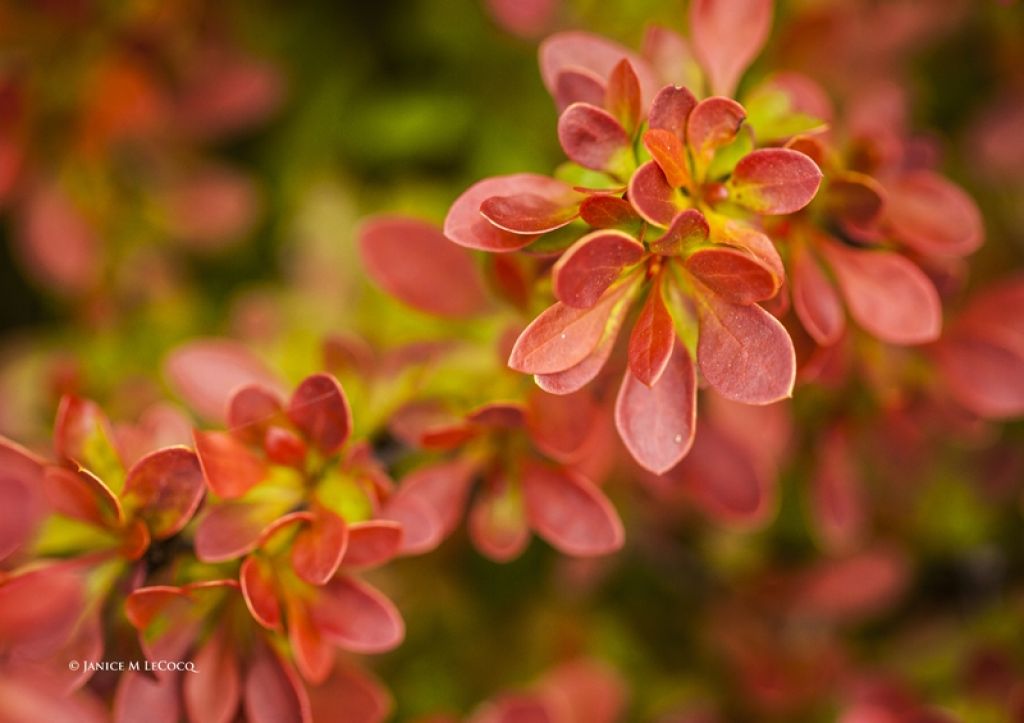
Another warm-toned flower look alike is the maple Acer shirasawanum ‘Autumn Moon’, whose unfurling leaves resemble the bell-shaped varieties of Clematis or Campanula.
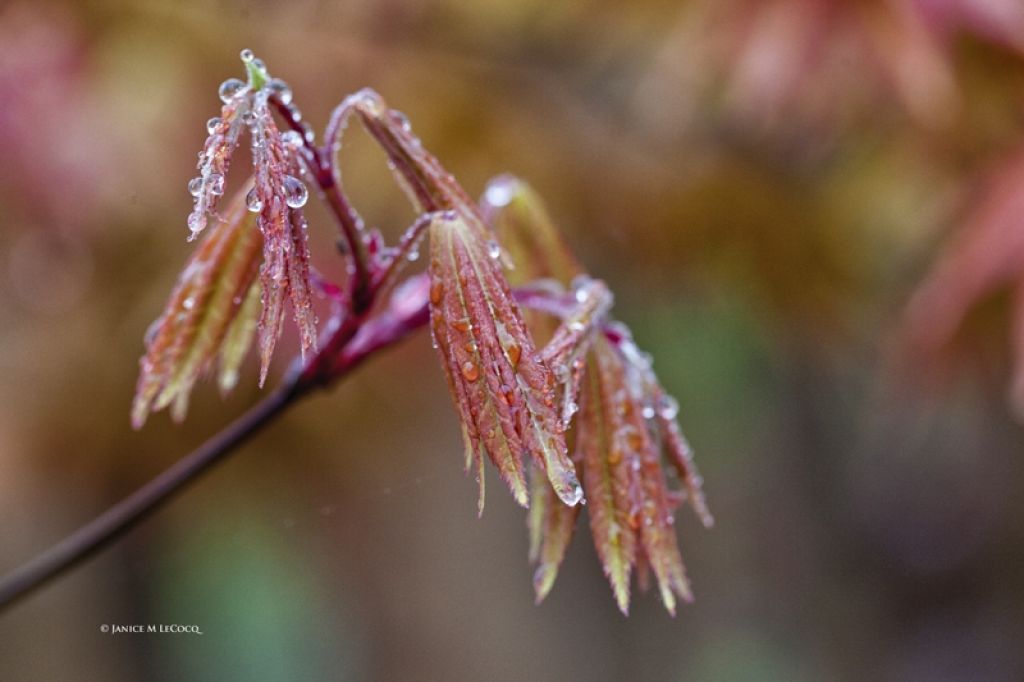
And if you prefer pink, why not go for Pinus parviflora ‘Cleary’, clearly a pine with attitude! These are the immature female cones, but they look pretty sophisticated to us.
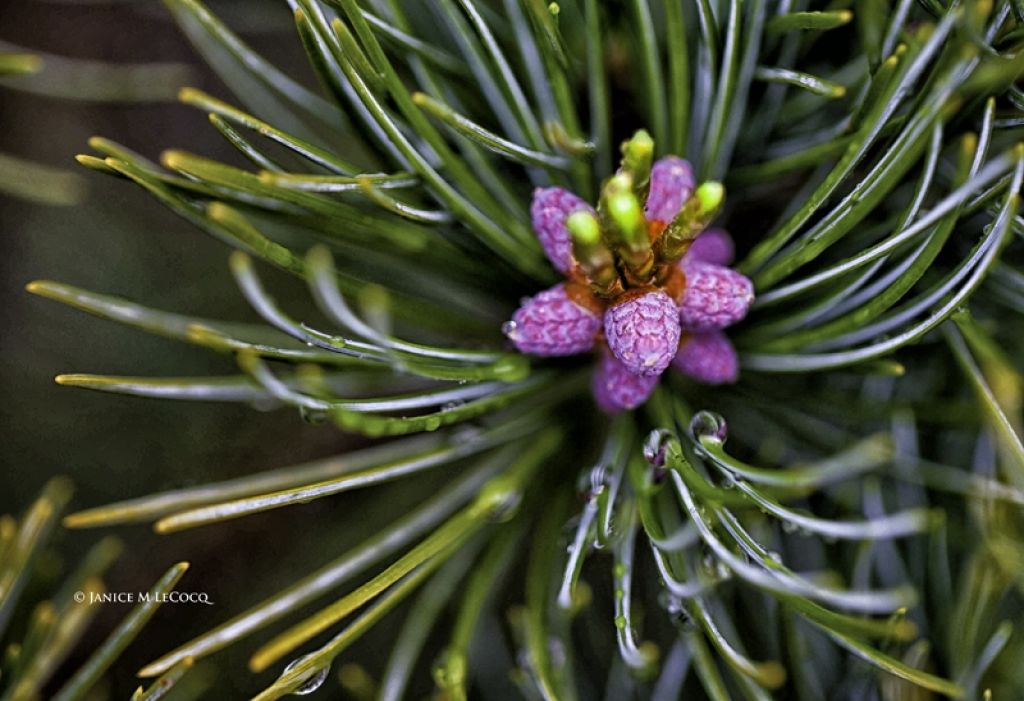
Do you like spiky flowers, such as Gladiolus or Delphinium? It’s hard to beat the new candles of Thunderhead pines, Pinus thunbergii ‘Thunderhead’.
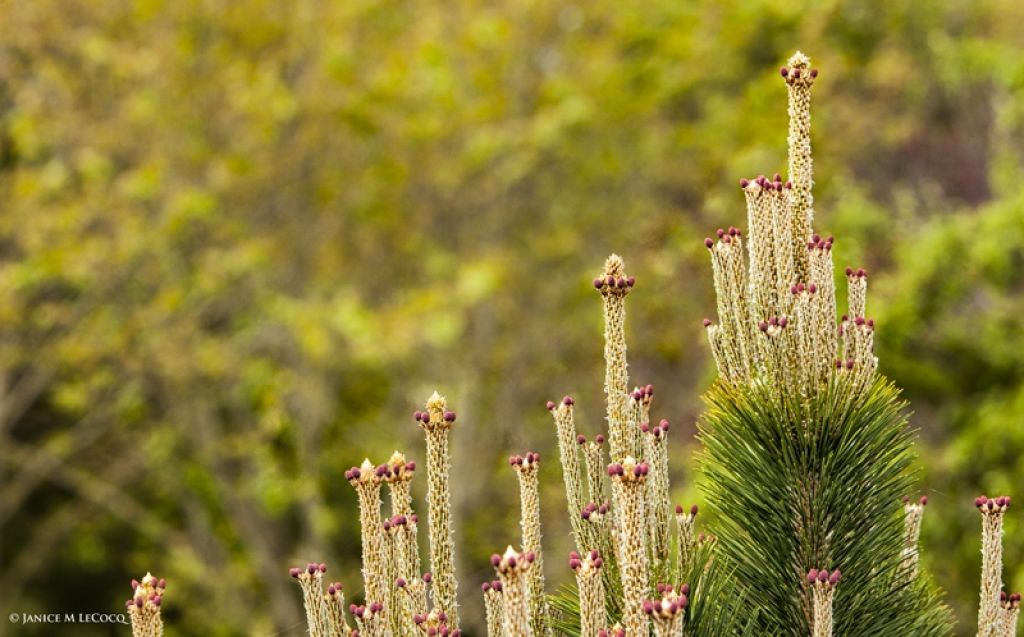
Want rosebuds? Check out the cones on Picea abies ‘Pusch’.
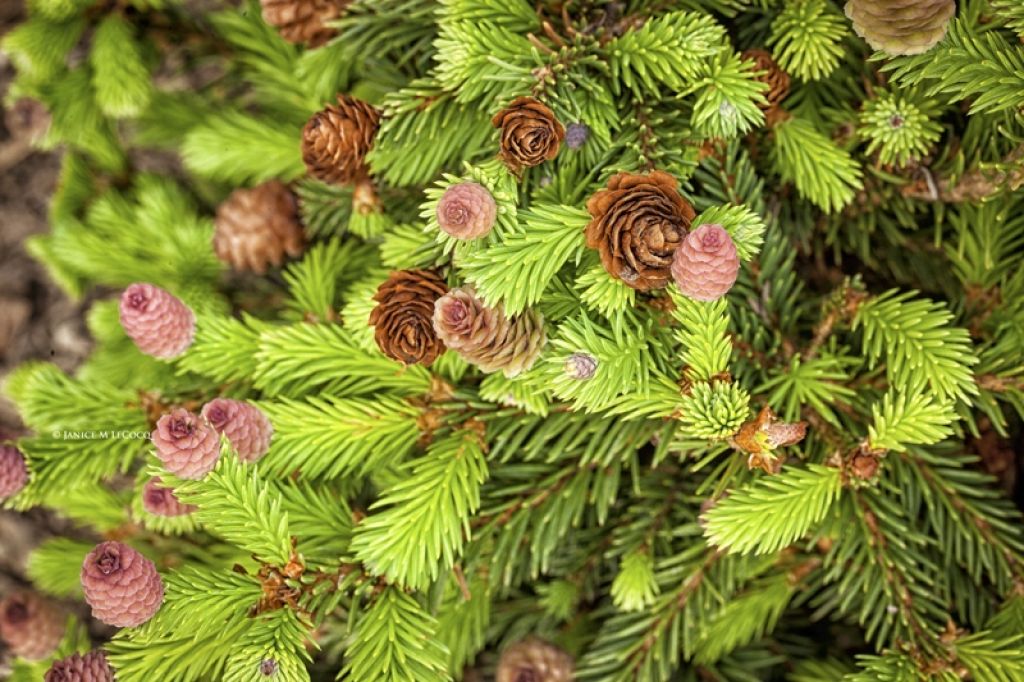
‘Pusch’ is a mutation of Picea abies 'Acrocona', and you can see that the parent has its own ‘flower power’.
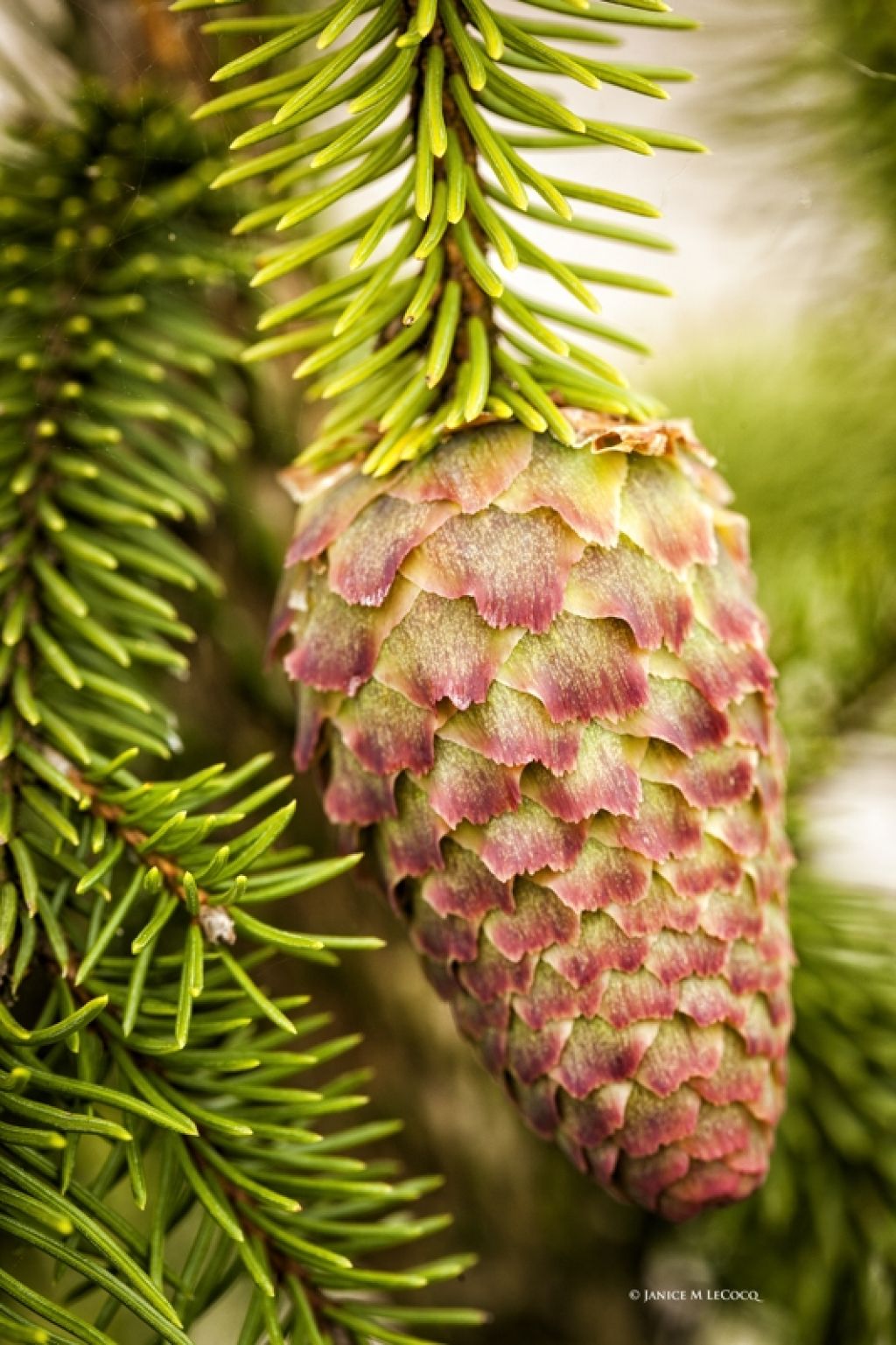
The blue spruces get into the game, too, as P. pungens ‘Fat Albert’ demonstrates. In spring the new growth is not so much blue as minty green. Scrumptious.
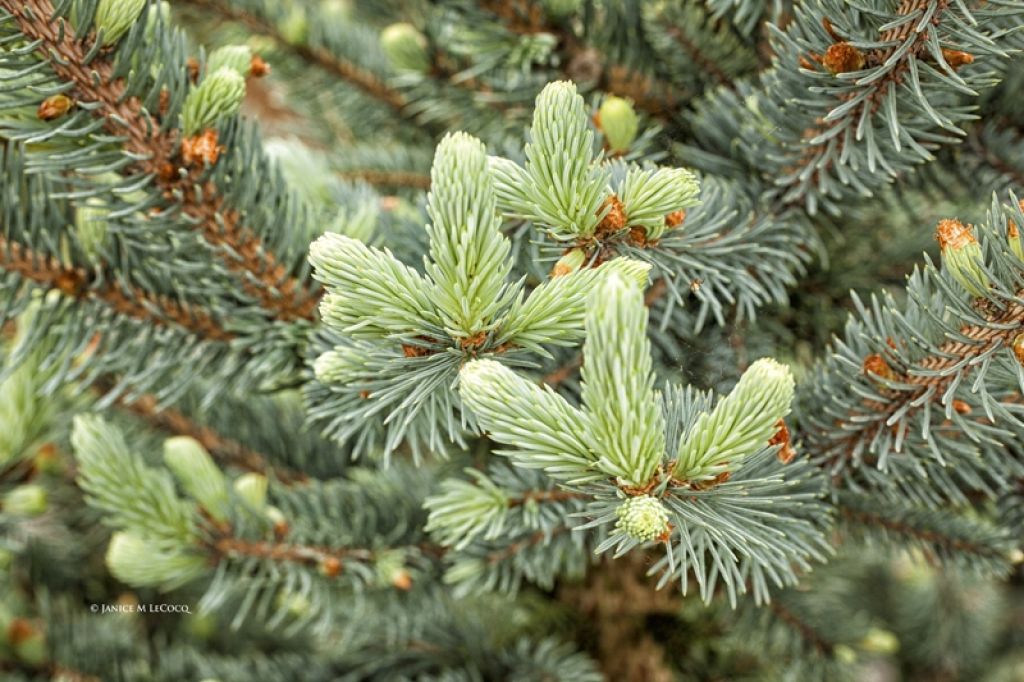
Lobelia tupa, generally grown for its 7’ tall spikes of deep red flowers, masquerades as a foliage plant in spring, when it wears felted leaves in soft green. They appear as pointed ‘buds’ that remind us of lily petals unfolding.
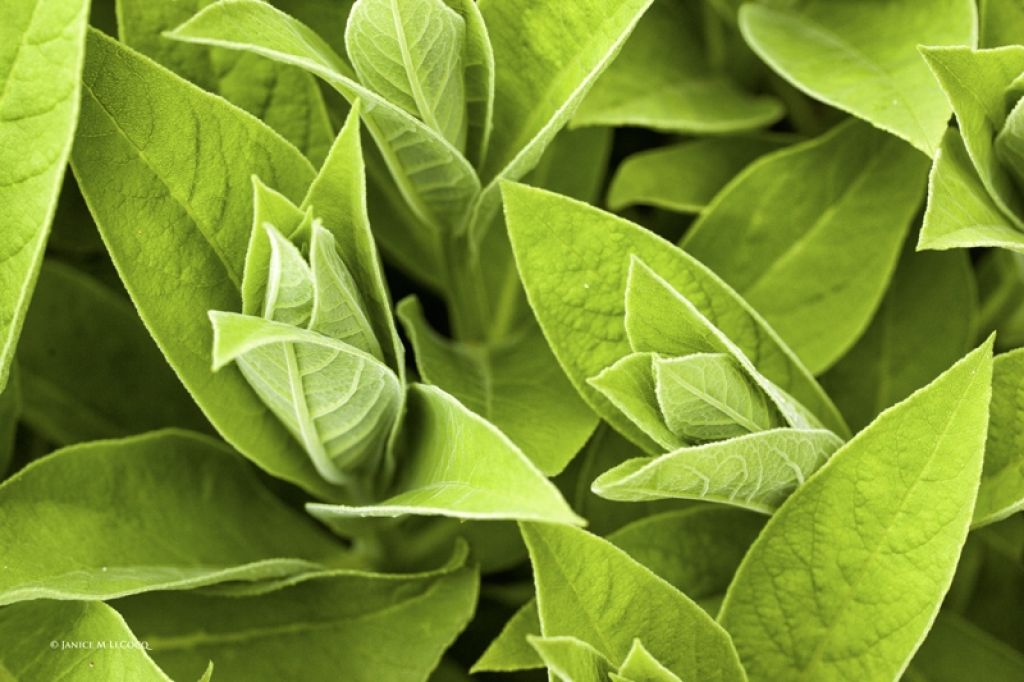
And for those that insist on a rosette, look no further than Echeveria agavoides ‘Lipstick’. No wishy-washy shade for her! We wonder if she wears matching nail polish.
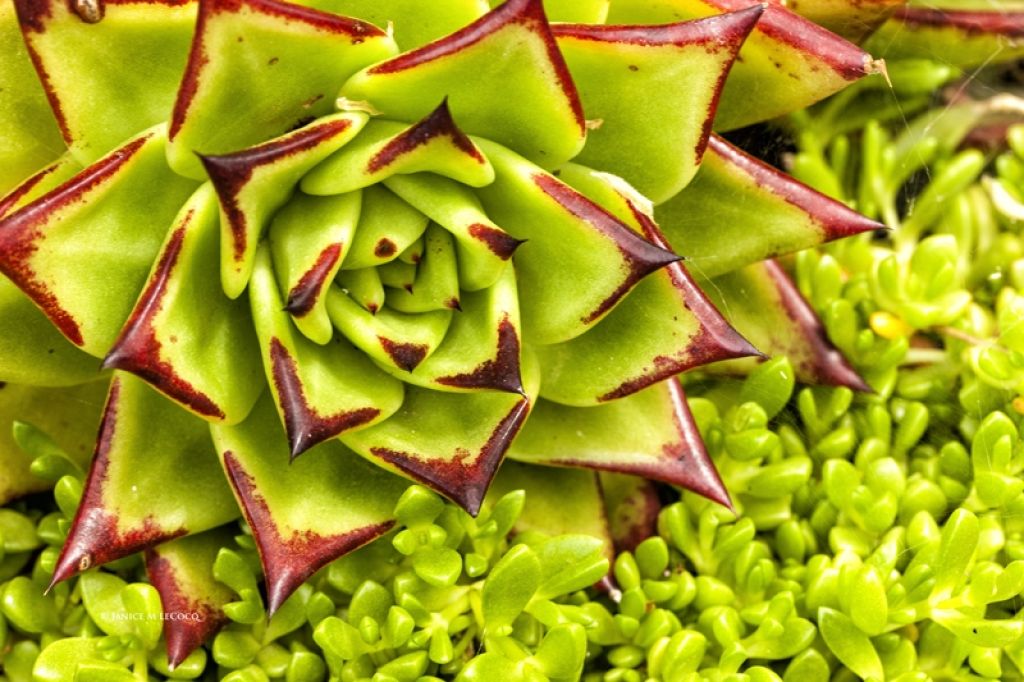
And to end where we began, with ‘golden spring’, is Corylopsis spicata ‘Golden Spring’. Leafing out in a deeper yellow than ‘Gabelle’s Golden Spring’, it deepens to chartreuse in summer and then in autumn a golden yellow again.
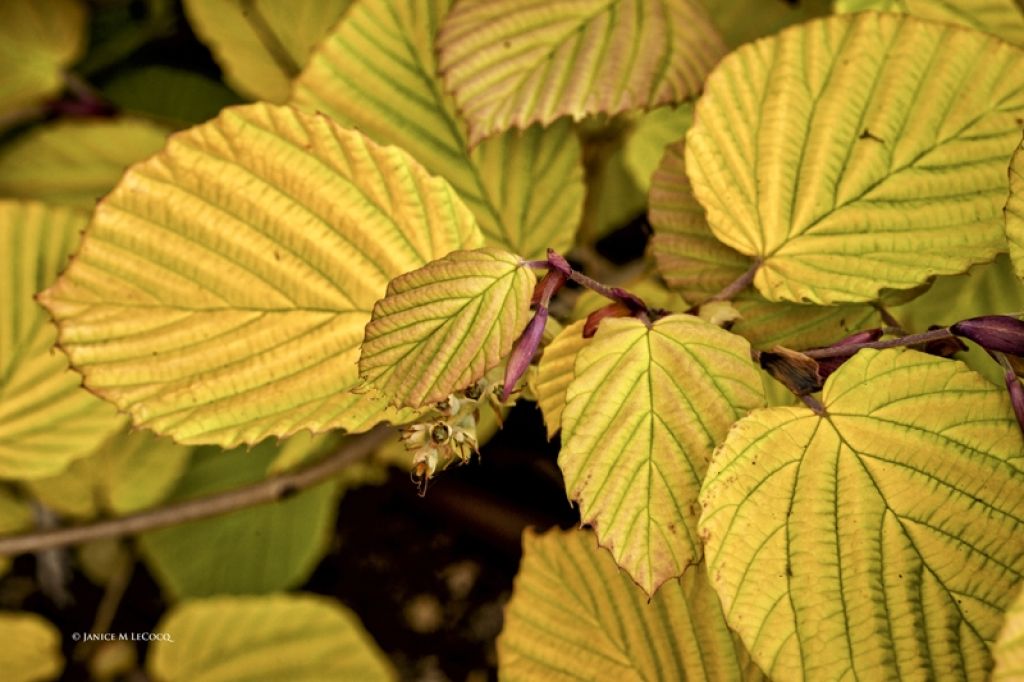
So look harder, look longer, look beyond the flowers, and find the gold...and burgundy and red and purple and powder blue and pink and....
Next up: Part II - Compelling Color Combos.
Stay tuned.
Copyright 2012 by Form and Foliage